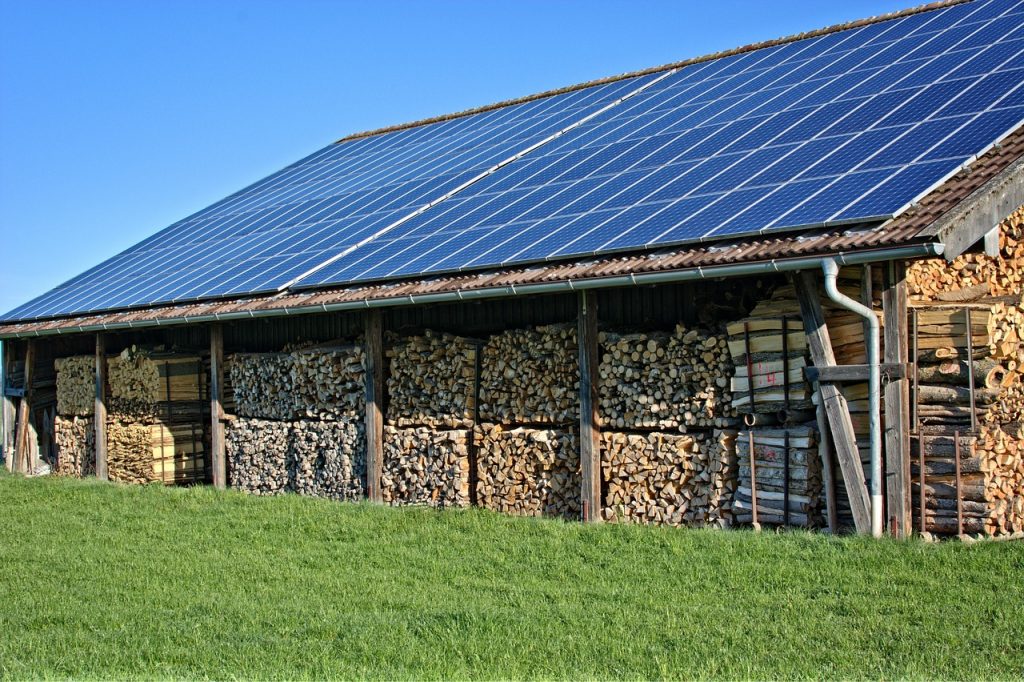
As more New Zealanders look to reduce their electricity bills and carbon footprint, solar energy has become an increasingly attractive solution. But how exactly do solar panels work, and which types are best suited to Aotearoa’s unique weather and sunlight conditions? This article explains the basics of solar technology and what to consider when choosing a solar panel system for your Kiwi home.
The Basics: How Solar Panels Turn Sunlight into Electricity
Solar panels generate electricity through the photovoltaic (PV) effect:
- Sunlight (composed of particles called photons) strikes the solar panel surface.
- This energy knocks electrons loose from atoms in the panel’s semiconducting material (usually silicon).
- The movement of these electrons generates direct current (DC) electricity.
- An inverter then converts DC to alternating current (AC), which powers your home.
It’s a clean, silent, and renewable process—ideal for homeowners looking to take control of their power usage.
Sunshine in New Zealand: Is It Enough?
Though not as sun-drenched as Australia, New Zealand still has plenty of solar potential, especially in areas like:
- Nelson, Blenheim, and Bay of Plenty, which receive more than 2,000 sunshine hours annually.
- Even in Wellington or Auckland, solar systems can be effective year-round, especially during summer and spring.
Cloud cover and shorter winter days do affect output, but modern panels are efficient enough to generate power even on overcast days.
Best Solar Panel Materials for New Zealand’s Climate
New Zealand’s environment is diverse—coastal air, frequent rain, and UV exposure all play a role in solar performance and system longevity.
Monocrystalline Panels
- High efficiency and ideal for urban areas like Auckland and Christchurch with limited roof space.
- Perform well in direct sunlight and offer good returns over 25+ years.
Polycrystalline Panels
- Lower cost and decent efficiency.
- Suitable for larger roof areas or rural properties where budget is a concern.
Glass-Glass Panels
- Double glass layers provide extra durability against NZ’s coastal humidity and frequent storms.
- Recommended in regions with high winds and salt-laden air, like Wellington or Dunedin.
Panels with Strong Warranties
- Choose brands that offer at least 25-year performance guarantees, ensuring protection against New Zealand’s often unpredictable climate.
Output and Financial Return in New Zealand
A standard 5kW system in New Zealand can generate around 6,000–7,500 kWh per year, depending on location. This could translate to savings of $1,000–$1,500 NZD annually, especially with net metering or battery storage to increase self-consumption.
Tailoring Solar to Kiwi Conditions
Solar panels are a smart, long-term investment for New Zealanders seeking energy independence, lower electricity bills, and a smaller carbon footprint. While the sunlight is more moderate than in Australia, with the right choice of materials and system size, New Zealand homes can still enjoy excellent solar performance.